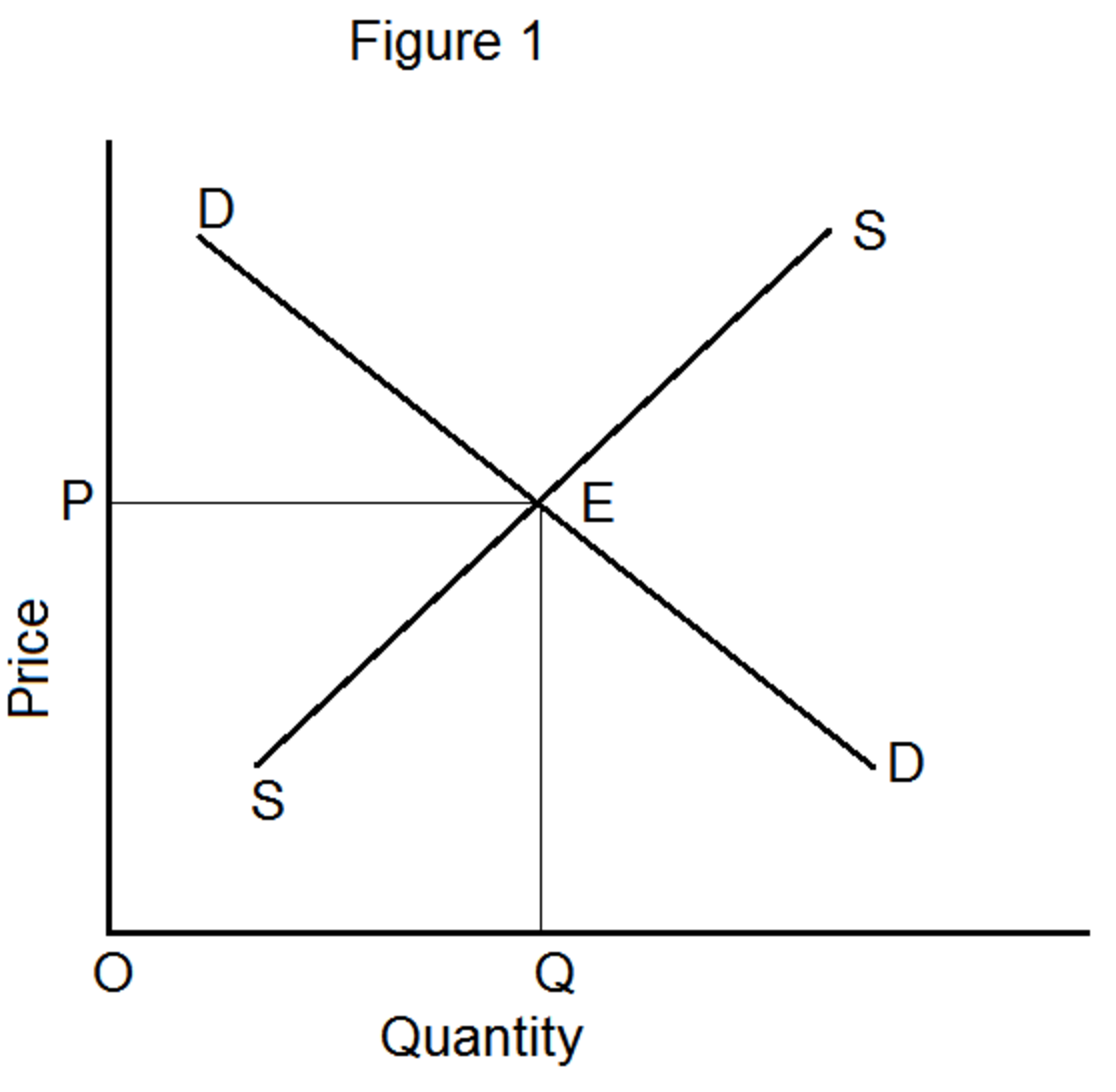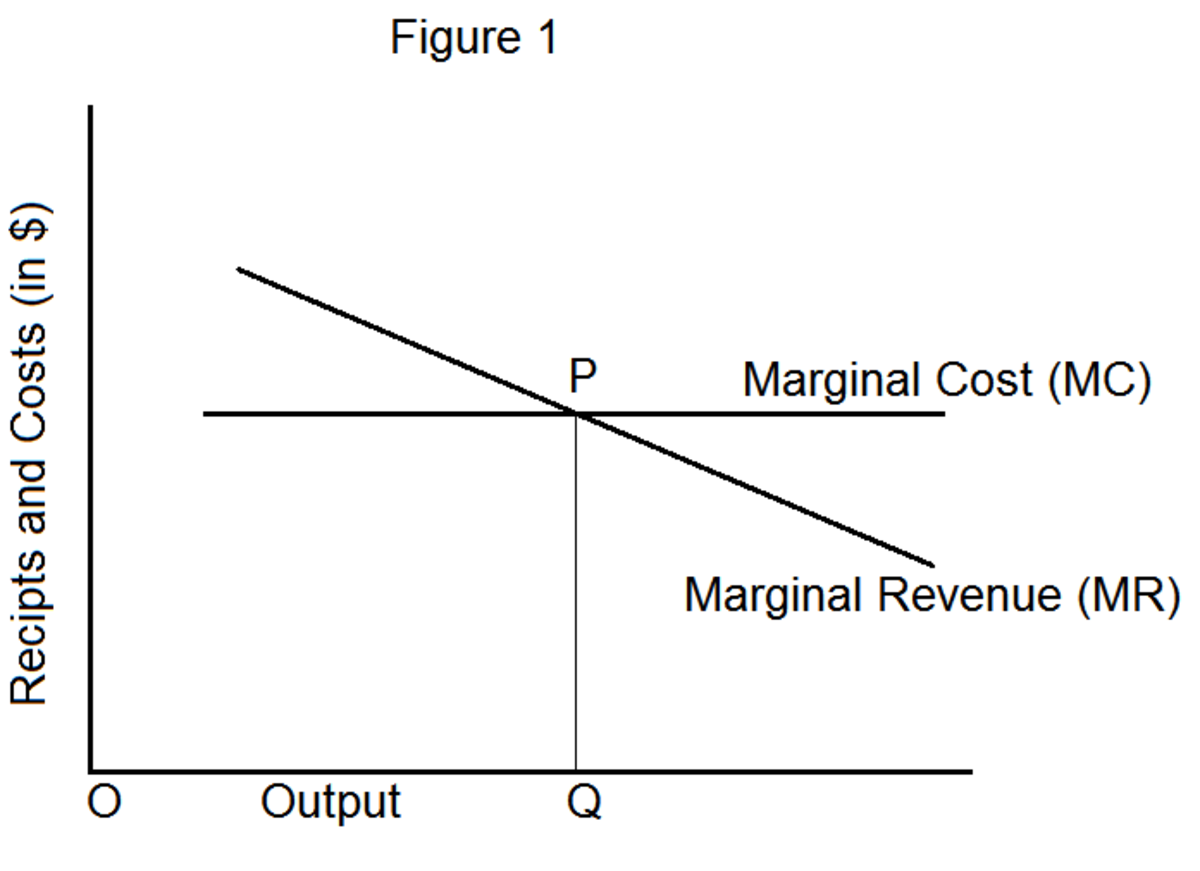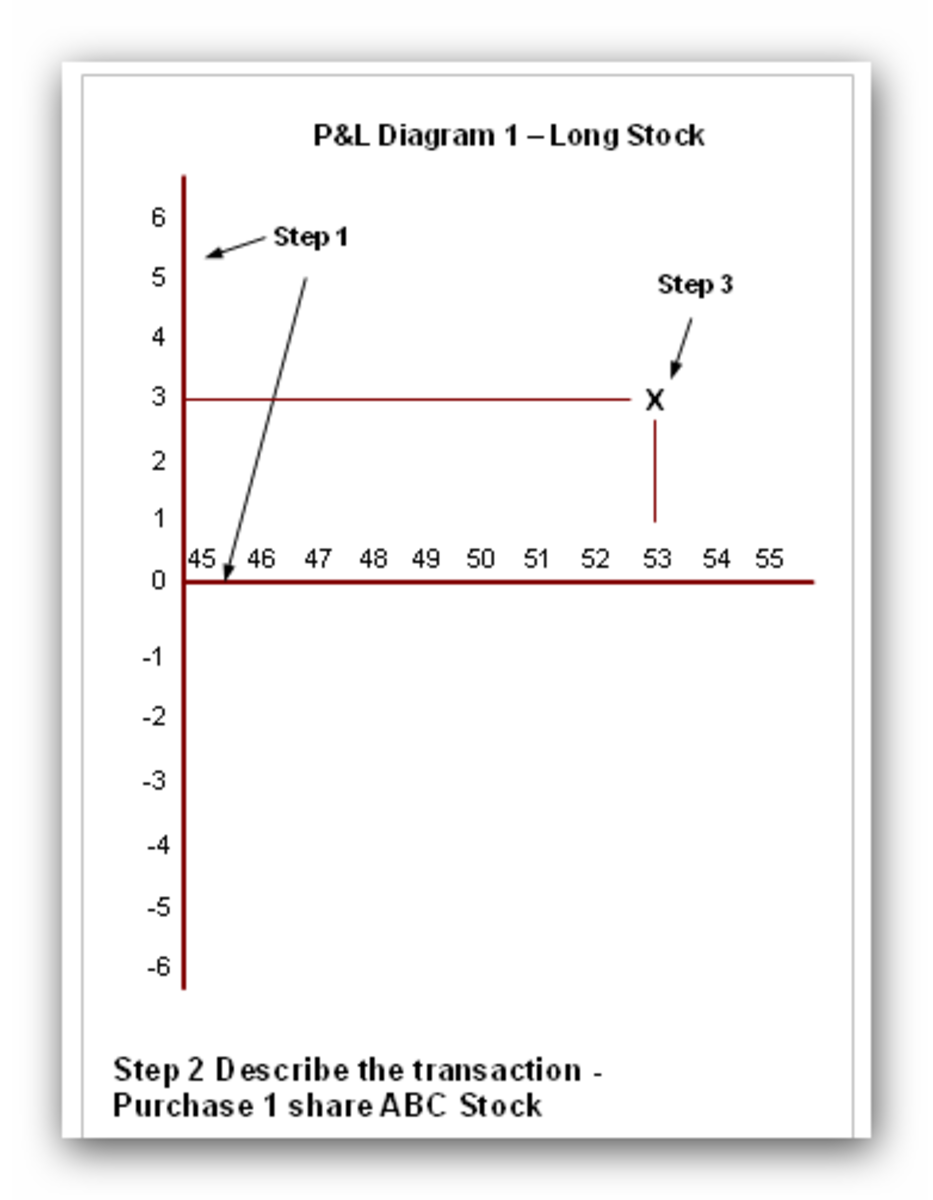Types of risk

Various risks in the electricity market
The strategic, market, and technical risks are the three main sources of risks for the players in the electricity market.
Strategic risk is often called political risk and it is associated with changes in regulations and legislation. For example there may be changes in energy legislation, changes in concessions for power plants, new rules for export/import to foreign countries, changes in the domestic interest rate level, changes in the currency rate, and solvency problems in important customer groups.
Market risk is the dominating risk and is associated with changes in prices resulting from uncertainties in supply and demand of electrical energy. The supply of electricity is influenced by many conditions. In a hydropower-based system precipitation and inflow will be very important. In addition the temperature conditions are of importance since it affects the consumption and timing and speed of snow melting. Multi-year water reservoirs and import agreements during dry years contribute to decrease this uncertainty. Export of power to foreign countries affects the expectation about the future electricity price. If there is surplus of thermal energy in the foreign countries this could give decreased prices in a hydropower-based system such as the Norwegian one. Conversely, if the thermal energy producers are heavily taxed this would give an increase in the electricity prices in the Norwegian system.
The electricity demand depends on many uncertain factors that affect the future electricity price. Temperature development in the long-run will affect the demand growth. In the short-run the uncertainty about the temperature has great influence, because it can change the assumptions for possible bidding in the spot market. The general activity in the economy will influence demand. If the level is high, the energy demand is high and with it the electricity demand. If a part of the electricity intensive industry is shut down, it will give a large surplus of electricity and therefore decrease the prices for a substantial time. The technological development will also have significance for the demand for electricity. Investments in energy efficiency equipment will typically give a reduced demand for electricity. New energy effective technology can change the consumers’ demand pattern. Technological and financial developments can also change the demand and lead to competition between different energy carriers and energy forms.
The main components of market risk are price, basis (spot price minus futures price), volume, counter-party, and liquidity risk. Price risk is associated with uncertainty in future price. Basis risk is due to the price difference between the spot price of the asset to be hedged and the futures price of the contract used. If the asset to be hedged and the asset underlying the futures contract are the same, the basis should be zero at the expiration of the futures contract. Volume risk is associated with uncertainty in the future volume. Counter-party risk is associated with the counter part being uncertain payer or supplier. Liquidity risk is the risk that a firm may not be able to, or cannot easily, unwind or offset a particular position at or near the previous market price, because of inadequate market depth.
In order to understand market risk we must model changes in price, understand the volatility for individual markets and the correlations between different markets. At a higher level, one can face the risk of poorly liquid markets that makes price discovery and hedging difficult.
Market risk is a major problem for participants that generate electricity subject to inter-temporal constraints. These are power plants where decisions taken at one time interval can restrict decisions taken after that. Storage hydro systems, plants with ramp-rate constraints, and plants with start-up costs are some examples of plants with inter-temporal constraints.
Technical risk is associated with outages of generation and transmission facilities. Distribution companies will be exposed to this risk. Technical risk does not affect the electricity market and the contract portfolio extensively because outages have short duration and occur infrequently.








